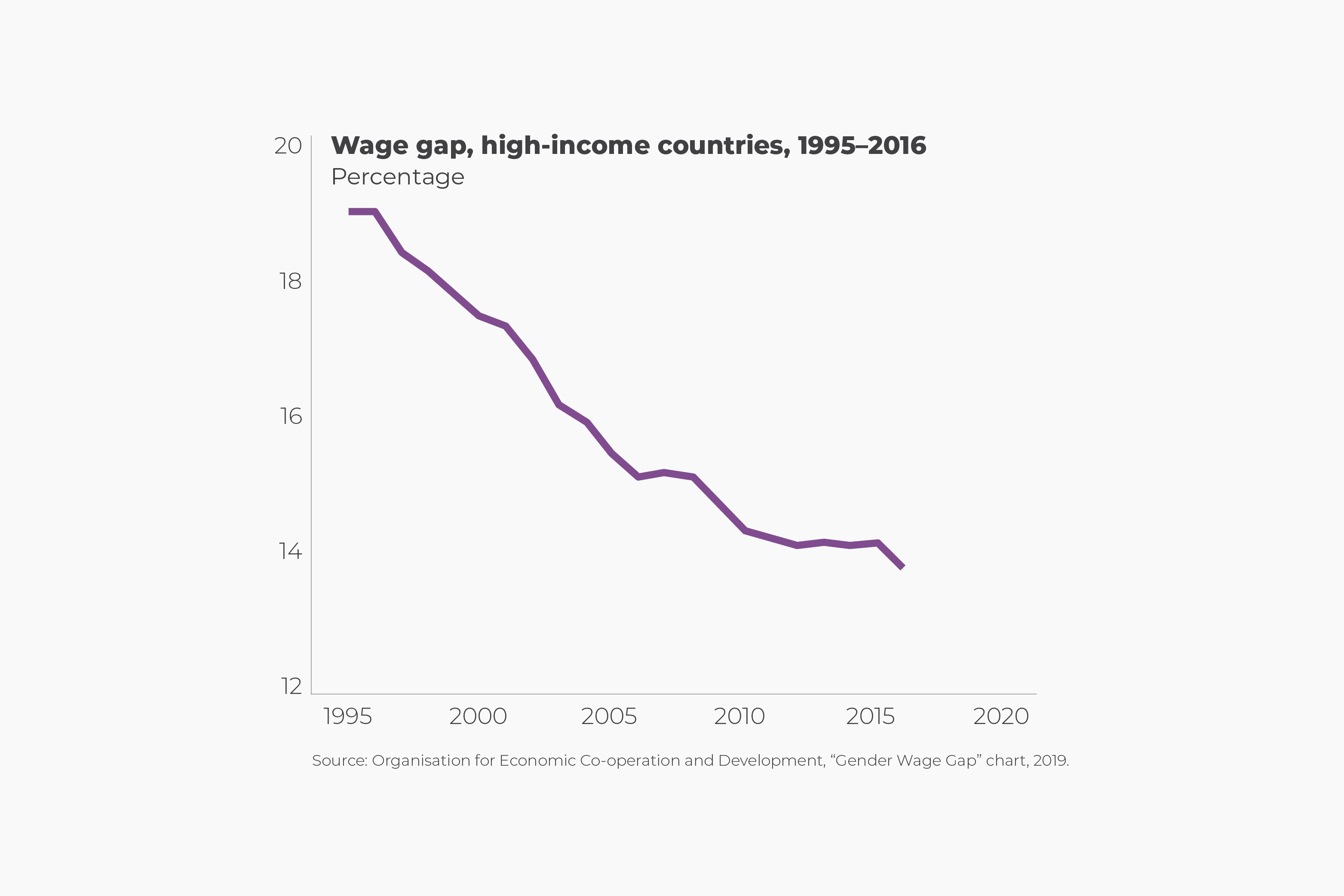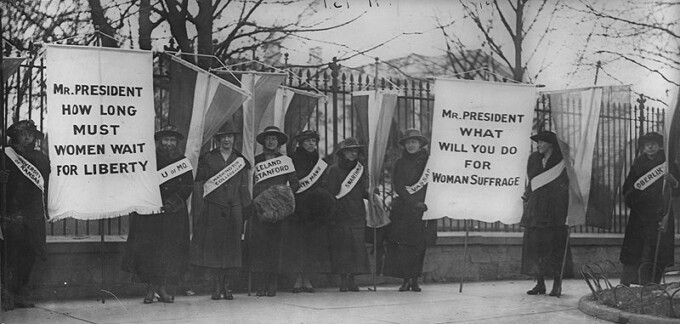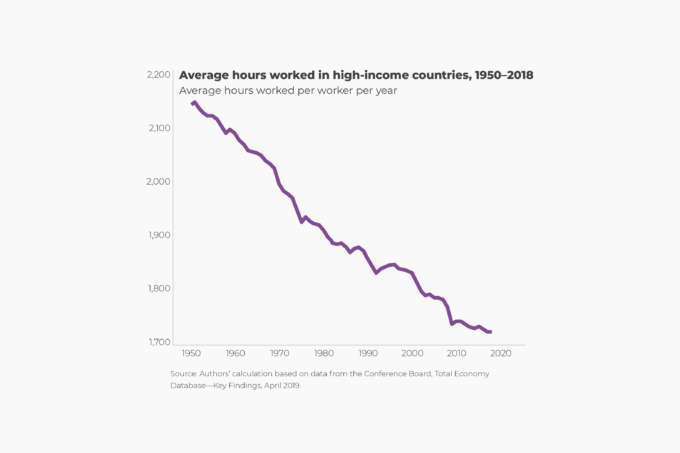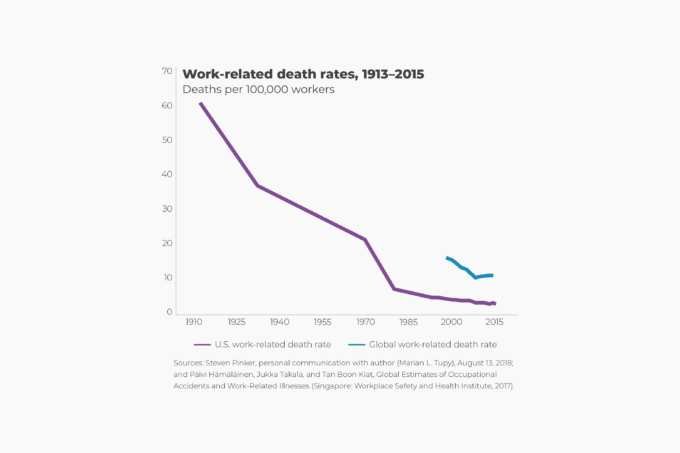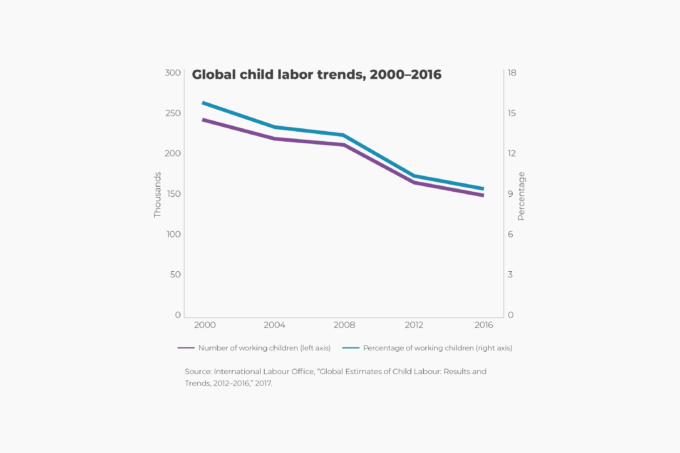Jonathan Haidt, a psychologist working at New York University, has noted that social values change with income. In preindustrial societies, life is difficult and unpredictable. People tend to emphasize traditional and survival values, such as family, duty, and prayer. As societies grow richer, life becomes safer. “Fading existential pressures open people’s minds, making them prioritize freedom over security. The generation raised with these ‘open minds’ and ‘expressive values’ starts caring about women’s rights. They start expecting more out of life than their parents did.”
The ideal of gender equality began to emerge during the Enlightenment in the 18th century. The practice of gender equality, however, had to wait until women secured for themselves independent sources of income. That they initially did by working in factories during the Industrial Revolution. Not surprisingly, gender wage equality has reached its apex in countries that developed first.
According to the World Economic Forum’s report The Global Gender Gap Index 2018, Western Europe, North America, and Eastern Europe and Central Asia were the regions closest to gender wage parity, whereas the Middle East and North Africa, South Asia, and Sub-Saharan Africa were the regions furthest from gender wage parity. The World Economic Forum provides only a snapshot of global wage disparities in 2018.
For a longitudinal study of wage differences between men and women, consider data from the Organisation for Economic Co-operation and Development. The OECD defines the gender wage gap as the “difference between median earnings of men and women relative to median earnings of men.” The OECD includes 36 highly developed countries. There, the average wage gap declined from 19 percent in 1995 to 14 percent in 2016. That year, Romania had the lowest wage gap of 1.5 percent, whereas South Korea had the highest wage gap of 35 percent.
The OECD wage gap does not tell the full story of women’s empowerment. It is worth noting that once the relevant differences between men and women in the choice of occupations, college majors, and length of time in the workplace are adjusted for, the wage gap in many highly developed nations narrows to the point of insignificance.133

